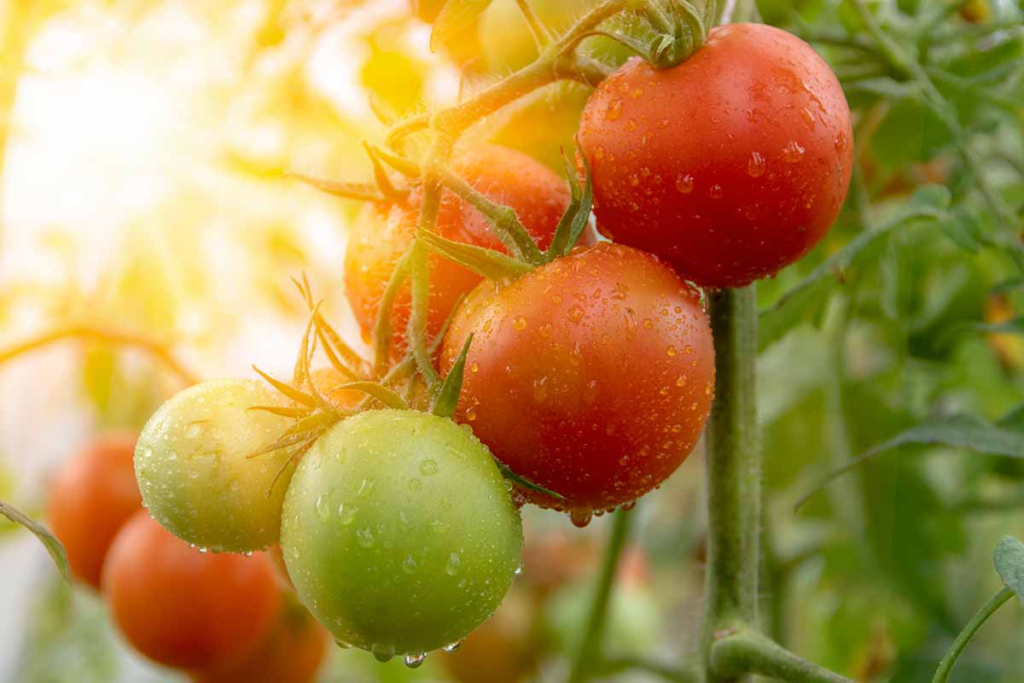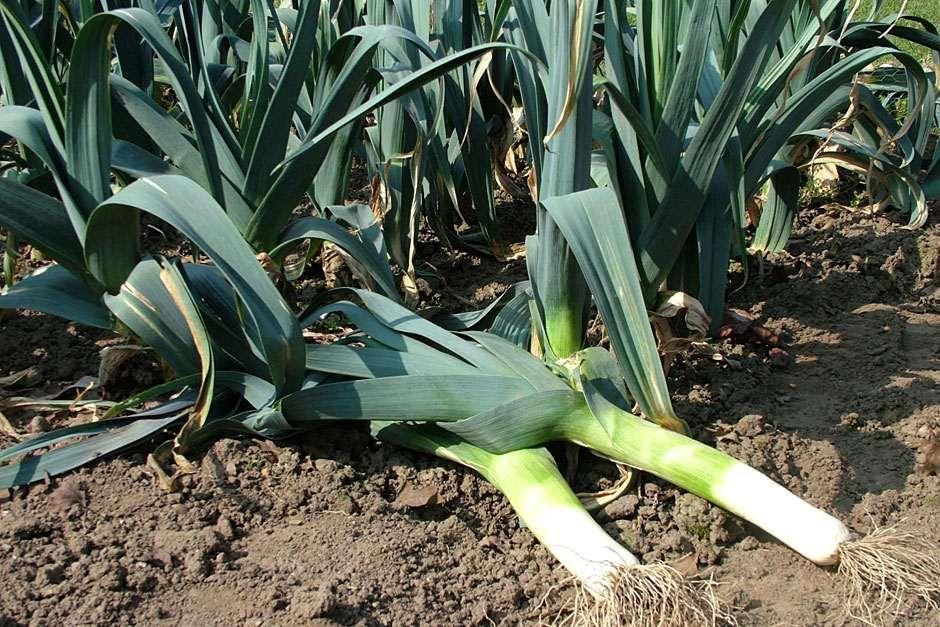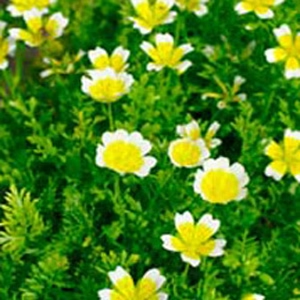As spring arrives, it signals the start of a gardener’s busiest season. March is the ideal time to sow seeds, start seedlings, and prepare for the vibrant growing months ahead. Here’s a look at some top crops to sow and tips for a successful spring garden.
1. Terrific Tomatoes
Tomatoes are the quintessential summer crop, known for their aromatic sweetness and juiciness. Whether you’re growing cherry, plum, or paste tomatoes, there’s a variety for every garden need. For those who have struggled with blight, consider blight-resistant varieties like Burlesque, Crimson Crush, or Mountain Magic, which offer good tolerance to this fungal disease.

Sowing tomatoes is easy: use a sieved potting mix, spread seeds across the surface, and cover them lightly. A humidity dome and bottom heat will speed up germination, which typically takes 1-2 weeks. Once seedlings appear, transfer them into individual pots and take advantage of sunny days by moving them into a greenhouse or cold frame. Label your varieties to avoid confusion as the seedlings grow!
2. Leeks: Plant for the Future
Leeks are an excellent choice for early spring sowing and will provide a hardy winter crop. These alliums are easy to grow—simply sow seeds into pots or directly in the soil. Once they reach pencil thickness, transplant them into the ground, ensuring the soil remains undisturbed for the naturally blanched white stems.

For a space-saving strategy, consider multi-sowing leeks in clusters, which can be transplanted later as they mature. Alternatively, plant leeks in flowerbeds for a striking look. Their tall, attractive leaves will add structure to your garden while also giving you a reliable crop.
3. Parsnips: A Root Veggie Staple
Parsnips are a winter favorite, though they can be a little tricky to start. They take up to four weeks to germinate, so patience is key. For best results, sow them in fertile, well-drained soil. Mark your rows with sticks to track the slow emergence of seeds, then thin out the seedlings to about six inches apart once they appear.
To maximize your space, consider interplanting radishes between your parsnips. Radishes grow quickly, and by the time they’re harvested, the parsnips will have ample room to grow. Remember, fresh seeds are essential for successful parsnip growth, as older seeds may not germinate.
4. Collards: Easy, Green Harvest
Collard greens are an excellent, less slug-prone alternative to traditional cabbage. These non-hearting cabbages can be harvested in a cut-and-come-again style, allowing you to enjoy fresh greens without waiting for a full head to mature. Sow seeds into pots or directly in the ground, then transfer seedlings to a dedicated bed with enriched soil. Space them 18 inches apart for optimal growth.
5. Potatoes: Chit for Early Success
March is the perfect time to plant potatoes if you can protect them from late frosts. Chitting, or pre-sprouting, potatoes gives them a head start. Simply place the tubers in a light, cool space until small shoots appear. Once the shoots are ready, plant them into containers or the ground for a summer harvest. If you haven’t already, now is the time to buy seed potatoes before supplies run out.
6. Poached Egg Plant: A Pollinator’s Paradise
Celebrate the season with the cheerful poached egg plant. Known for its self-seeding habit, this little flower not only brightens up your garden but also attracts beneficial insects like pollinators and natural pest controllers. Sow seeds directly into prepared soil, and watch these vibrant flowers bloom. They’ll help improve pollination for your crops and act as a living mulch to protect your soil.

Conclusion
March marks the beginning of the gardening season. With careful planning and the right crops, you can ensure a bountiful harvest later in the year. From tomatoes to potatoes and leeks to collards, now is the time to sow the seeds for a productive, beautiful garden.
